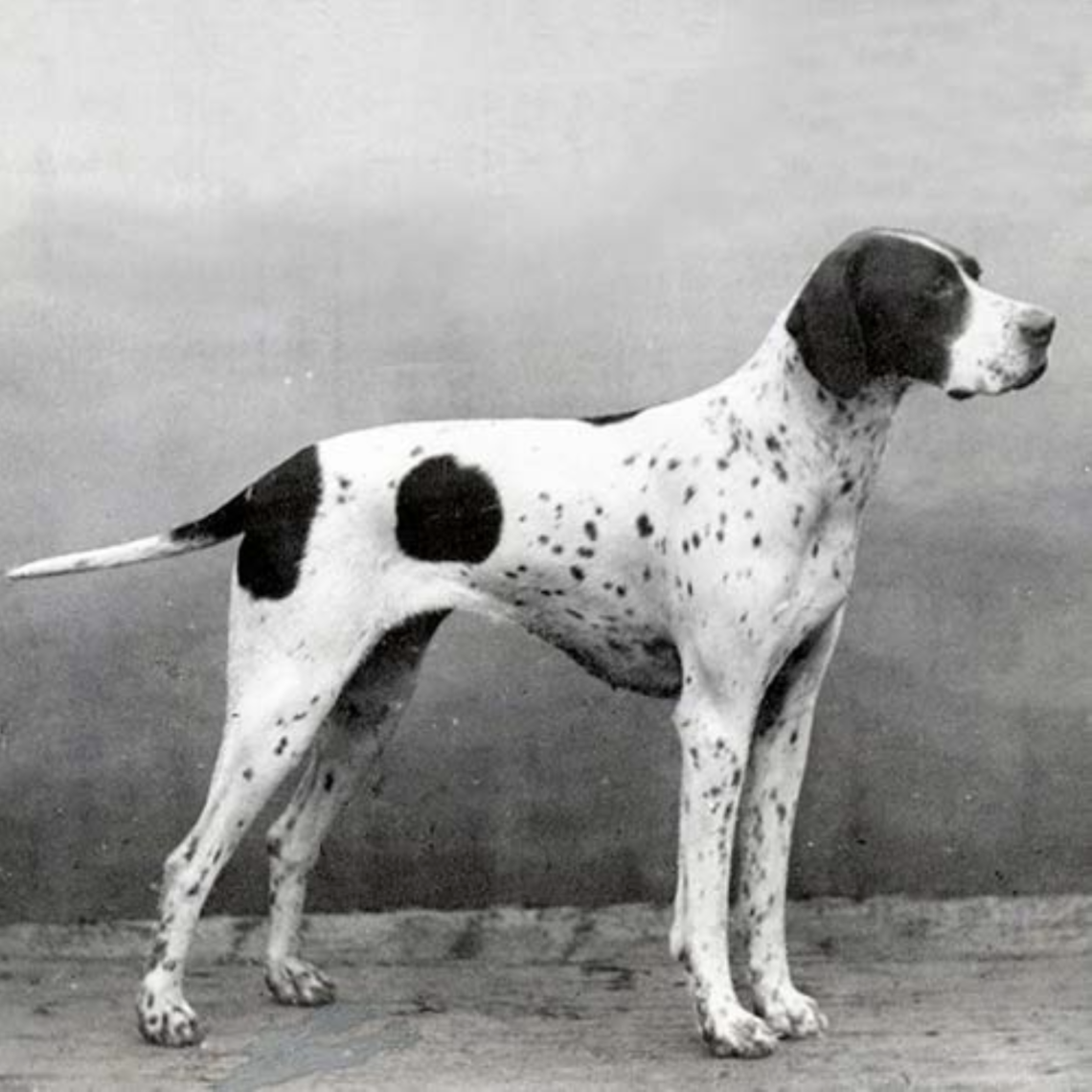
The “Euro” Pointer
By Edgar Castillo
History reveals that this bird dog should be renamed to show its true countries of origin.
Let us start with the origin of the Pointer. Just because “English” is in the description, it does not mean the dog originated in England. The English will probably tell you, yes, citing the old British policy to “Make the world England.” Think more along the lines such as the canine was “created” or refined on the British Isle. If an English Pointer could speak, it would tell you the same thing in a profound British accent. To their owners, we can refer to them as English Sympathizers, the Pointer is the unquestioned aristocrat of the sporting dog world. The dogs carry themselves proudly with their stiff tails in the air. There is no question about it…the breed was born to hunt birds. Now don’t get me wrong; the English Pointer is a great bird dog. I’m just throwing it out there that maybe it should be renamed to a more suitable label that explains the dog’s eclectic, yet murky origin.
Pointers are gun dogs, bred and developed for their ability to find various wildfowl or upland game. In their performance, Pointers are tasked with aiding bird hunters with the following skills.
- Pointing – The dog finds and indicates through pointing the location of birds.
- Honoring – The dog stops immediately at various distances, usually in a pointing stance, upon observing a bracemate on point.
- Retrieving – Pointers are not expected to be natural retrievers but are often trained and expected to find dead or wounded game. Some owners from other bird dog hunting breeds will say, for an English Pointer to retrieve a bird would be beneath them.
As with almost anything relating to history, origins are always debatable. The least common belief is that the Pointer, or should we say a “form” of Pointer was already present in England since medieval times. I can see it now, King Arthur and his Knights of the Round Table pursuing wildfowl or other game across the English countryside in the forests of Camelot. Throw in Robin Hood for good measure, pulling his bow back jettisoning an arrow into a flying wild Cornish game hen.
Apologies for going down a bunny trail…let’s get back on track and get back on point.
Records can trace back the Pointer in England as far back as 1650. Two stories claim how the Pointer came to be in Great Britain. The first, tells of a tale that in 1713, British (Shocker!) Army officers brought Spanish Pointers (an extinct breed now referred to as Old Spanish Pointer) home upon returning from the War of Spanish Succession. The Spanish attest that during the 17th and 18th centuries, travelers from Spain introduced the Spanish Pointer to the English mainland. Maybe both happened! There’s even a story going around that the dog was brought over by a Portuguese merchant.
The Spanish will try to tell you “their” pointer is the ancestor to almost all pointing dogs. They back up their claim with evidence from Roman writers who corroborated the existence of dogs used for hunting birds, coming from “Hispania” in the first century! Further proof of the long history of pointing dogs within Spain occurs centuries later when Muslim conquerors arrived and found Spanish pointers being trained by monks.
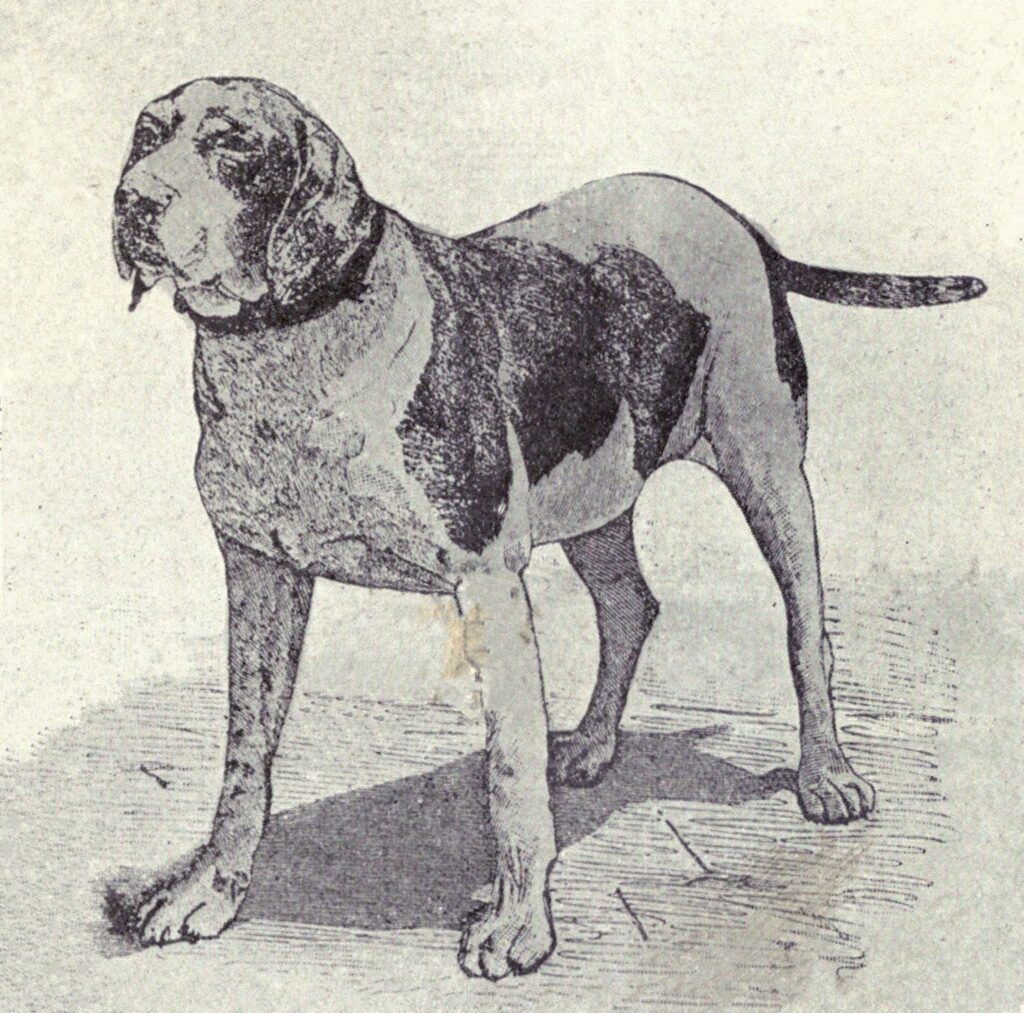
But hold on my Spanish compadres! Many will say there is proof the Spanish Pointer was actually modified in France and Italy before the canine ever made its way to jolly ol’ England through the likes of Espanola.
Now it’s Frenchie’s turn for a shot at the “pointer” title. France’s pointing dog has existed since the 15th century. The Braques Francais breed came in two sizes, large and small. For centuries, the dog was taken to other countries and crossed with other breeds. Its origins can be attributed back to my Spanish ancestors descending from what else, the Old Spanish Pointer.
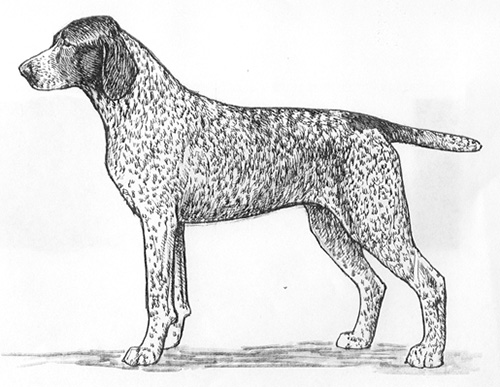
Leave it to the Italians to commemorate their pointing dog, the Bracco Italiano, through what else…art! The breed forever etched onto paintings and writings dating back to the fourth and fifth centuries B.C. An ancient breed originating in Italy considered an antecedent of many of today’s modern sporting dogs, more specifically European pointing breeds.
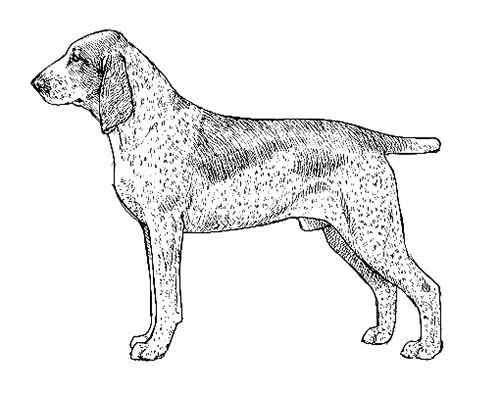
No matter the dog’s origin and various claims, for when it arrived in England, hunters and handlers concluded the breed needed to be remodeled. The dog needed to become “English”. In their eyes, the Spanish pointer needed to be improved, therefore the dog was crossed with at least four breeds.
This quartet of hunting dogs included Greyhounds, Foxhounds, Bloodhounds, and Bull Terriers. Each of these dogs possess unique qualities that eventually resulted in the English Pointer. The dog’s refinement brought speed and more athleticism, thus shaping the Pointer we know today. Many will argue the process was more complex and involved but I’m trying to keep this, simple folks! I’m merely arguing a change in the breed’s name, not the DNA.
The 1860s brought the Britannic Pointer to “Merica” by sporting American men eager to hunt birds over the noble of gun dogs. “Bird dog” is the term commonly used to describe ALL pointing dogs, setters, and even retrievers – but once here in the U.S.A, the “Redcoat” immigrant dog quickly loses its English designation and begins to be referred to as simply “Pointer”, particularly south of the Mason-Dixon line.
But as soon as someone asks what kind of pointer, owners quickly reattach “English” back into the title. I counter and say that the pointing dog be renamed the “Euro Pointer”. This new designation would not affect the hunting canine’s capability in its mastery of finding upland game. In fact, it allows the whole continent of Europe and each individual country to lay claim and rally behind the pointing dog’s emergence and fame.
Just as the European nations united in December 1995 to create a union among the countries to adopt a new name and replace the various and confusing monetary units…the euro. This new currency allowed all of them to unify under one name. Addressing the English Pointer, which really isn’t from England, as the “Euro Pointer”, would allow each country to proudly assert the Pointer’s various birthplaces. However, I would like to add that being of Spanish descent, the name euro was officially adopted IN Madrid. Buena suerte cazadores de aves!

Edgar Castillo
Edgar Castillo is a recently retired law enforcement officer for a large Kansas City metropolitan agency. He also served in the United States Marine Corps for twelve years. Edgar’s passion lies in the uplands as he self-documents his travels across public lands throughout Kansas hunting open fields, walking treelines, & bustin’ through plum thickets in search of wild birds. He’s a contributing writer for several publications and e-magazines/websites. Follow the author’s adventures on Instagram @hunt_birdz


You May Also Like
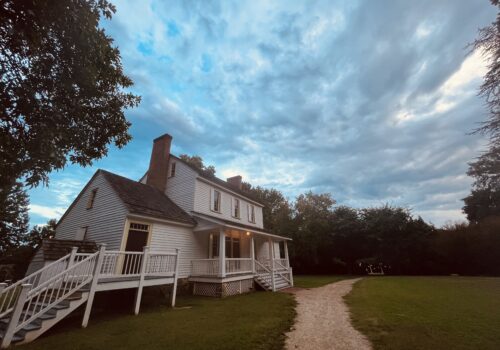
Southern Spirits: Five Chilling Tales of the Old North State!
October 17, 2022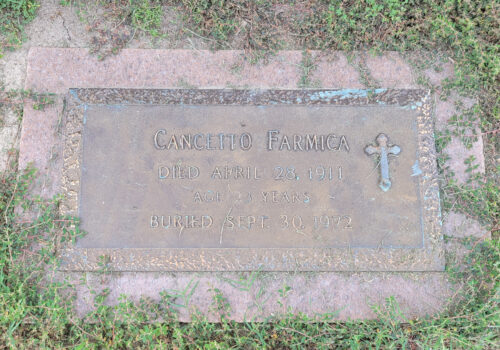
Spaghetti: The Scotland County Mummy
September 26, 2022

2 Comments
Eric
Have you read Arkwright’s
‘The Pointer & His Predecessors’
Considered the definitive history of the pointer. It would certainly educate you!
Edgar Castillo
Not all, however it’s on my reading list to complete. I spoke with a friend who’s extremely knowledgeable on this subject and used him as a source. He looked over my information. I know there’s much more details and historical background, but my piece was meant to be humorous and I wanted to hit the main points. I know it gets rather complicated.